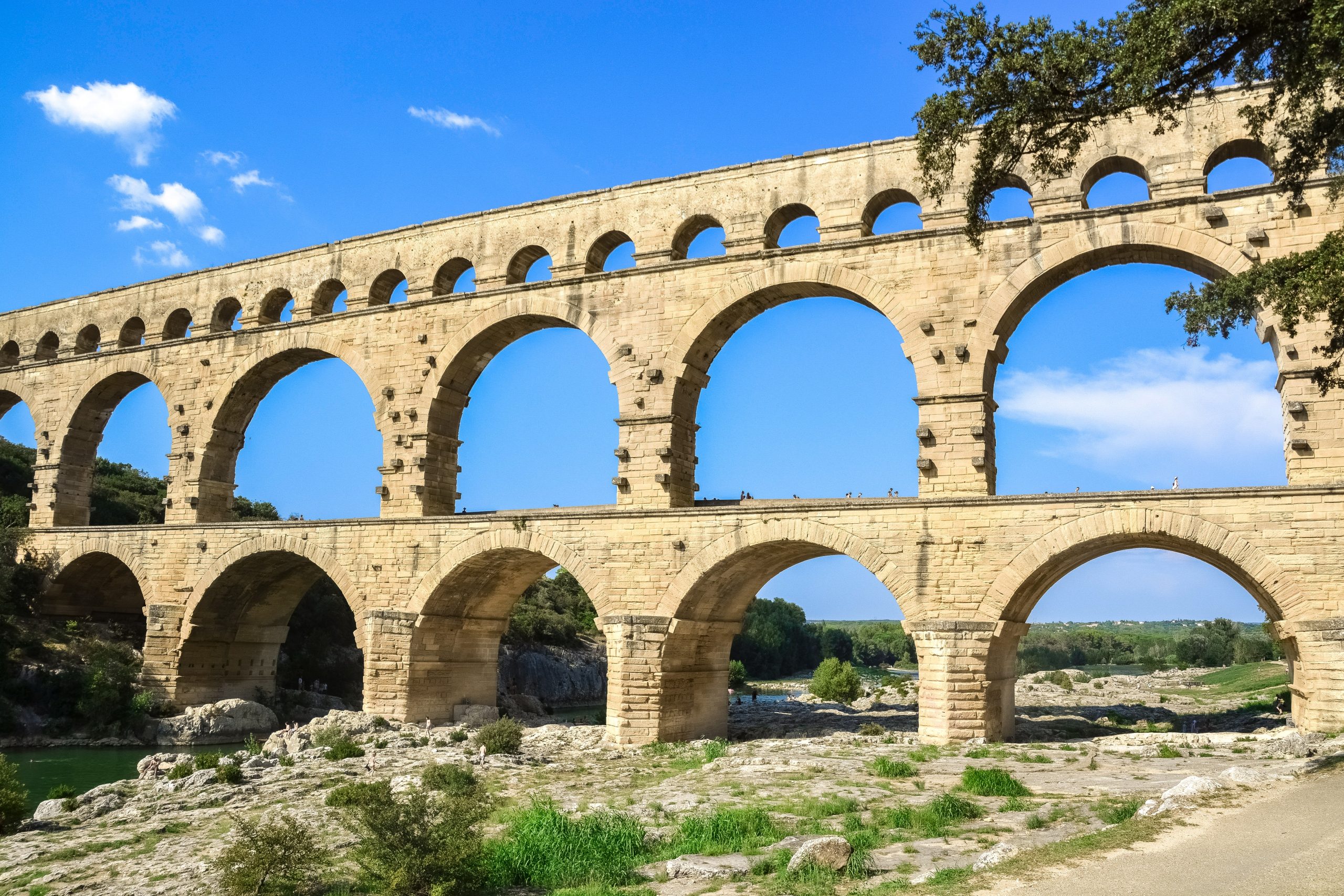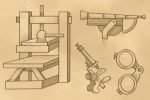We can thank the ancient Romans for many things — like their globally recognized and celebrated architecture, as well as their classic tales of gods and goddesses. But did you know that we can thank them for several things we use daily? From roads to surgical equipment, the ancient Romans had a hand in developing these concepts that are so vital to our modern-day society. If it weren’t for them gifting us with these ancient designs to build on, the present may look completely different than the one we live in now. Let’s take a look at a few ancient Roman inventions that inspired the creation of things used today.
1. Roads
They say, “All roads lead to Rome.” The expression is used to convey that there are many ways to get to the same conclusion. But did you know it comes from Rome’s impressive road system, of which all roads would usually lead back to Rome? The ancient Roman roadway was a sophisticated network of long, mostly straight paths that could be traveled far and wide. They were made from a combination of dirt, gravel and bricks. In order to maintain order in its vast empire, which encompassed most of southern Europe and more, everywhere Rome went they would build roads.
At its max, Rome’s network of roads spanned about 200,000 miles. Access to roads came with many benefits, and Romans were able to pass goods, soldiers and information faster than ever before. These roads were managed efficiently with stone mile markers, signs and even soldiers watching over them, similar to modern-day patrols. We may not think of roads as an incredible invention, as nowadays we can just walk out a few feet from our homes and be greeted by a street; however, the follow-through on the concept may be what led us to the advanced freeways, highways and overpasses we have today.
2. Aqueducts
Throughout history, humans needed to live beside the water in order to access it easily. The ancient Romans were able to expand their empire by finding a means to transport water from its original source and into city centers. First built around 312 B.C., the Roman aqueducts used stone, concrete and lead pipes to transport fresh water from springs, rivers and reservoirs into the city. The system used gravity to transport the water and didn’t require any other energy source to power it.
Although early civilizations in Egypt and India also used similar water transports, the Romans improved the idea through their mastery of civil engineering. Hundreds of aqueducts were put in place throughout the city. Because of the invention of aqueducts, amenities such as sewage systems, fountains, public baths and toilets were made possible. This flow of water may seem commonplace today, but it was a huge engineering achievement at the time. Not to mention the concept of transporting water from one place to another is present in so many things we use today; every time we turn on the sink, flush a toilet or use a hose, we are tapping into a concept the Romans successfully brought to life.
3. Surgical Instruments
When you undergo surgery, thinking about who designed your surgical tools is probably the last thing on your mind. But you may find it interesting to know that the ancient Romans invented the scalpel, bone drills, forceps, syringes and many other surgical tools that don’t differ much in design from instruments used today. Strongly influenced by the tools developed by the ancient Greeks, the Romans improved these designs and used them in hospitals, medical centers and, most notably, on the battlefield.
Roman armies employed medics trained in surgery, or chirurgus, to assist soldiers injured in combat. Gaining the ability to provide soldiers with medicine, patch wounds and halt blood loss gave Roman armies a huge advantage. Military doctors also performed physical evaluations on new recruits and oversaw sanitation, which improved overall health and wellness. The next time you go in for surgery, know that the ancient Romans were operated on with similar tools as you. Though it might be more comforting to focus on gratitude as your surgery is likely to be done with anesthesia, whereas ancient Roman surgery wouldn’t have been.
4. Newspapers
Although the Romans didn’t invent the kind of newspaper you are likely familiar with today, they did have a similar concept that was groundbreaking at the time. As early as 131 B.C., the ancient Romans would carve news stories into stones or metal slabs and place them in public places for people to read. This form of publishing was called Acta Diurna, or “daily acts.” Carvings included military news, trial outcomes, civil issues, lists of games, gladiatorial information, marriages, births, deaths and even human interest stories.
They even detailed information about the Roman senate, called an Acta Senatus, whose publication was ordered by Julius Caesar as part of his many reforms. This was a great way to keep the Romans up to date, as well as bring people closer together. The ancient Romans were ahead of their time and the concept of information sharing has grown widely since then. Now we don’t have to go further than the phones in our pockets to hear about the latest piece of celebrity gossip, let alone the state of the country.
The inventions that came out of ancient Rome influenced many things we use today. History has taught us that creations can be improved upon and impact the lives of many generations to come. Things like roads, aqueducts, surgical equipment and newspapers were impressive feats for ancient times and their original ideas hold strong today. Although it may seem like we are at the peak of our own technological and scientific prowess in the present, who knows what future improvements may come from the things we use today? Even the ancient Romans used inspiration from other civilizations for their inventions. Great things take time. Rome was not built in a day and the same goes for our future.
















